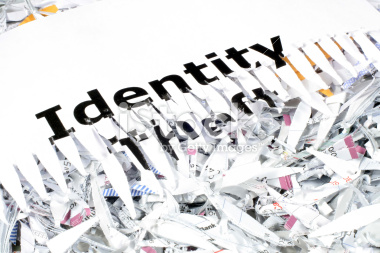AARP Hearing Center

Every two seconds, someone’s identity is stolen. And with tax season upon us, con artists are stealing Social Security numbers to file for fraudulent tax refunds. It’s a big problem. To date, the IRS has identified around 15 million false tax returns alone. And you can also view targeted information and a special video devoted to tax identity theft awareness at www.aarp.org/scamalert.
The Warning Signs
How do you know if you’re a victim of tax identity theft? If someone files a fraudulent tax return using your identification, and then you file your return, the IRS will contact you by mail. The letter will state that more than one return was filed using your Social Security number. Note that the IRS will not contact you by phone, email, text or social media. You can check the legitimacy of any IRS mailing by calling 1-800-829-1040.
You’ll also get an IRS notice if someone uses your Social Security number to get a job, and the employer reports that income to the IRS using your number. The letter will indicate that you did not report all of your earnings on your tax return. Another warning sign could be receiving a W-2 or Form 1099 from an employer for whom you didn’t work.
If You Fall Victim
If you become a victim of tax identity theft, here are the steps to take:
- Contact the IRS immediately using the contact information on the notice you received. You’ll be asked to fill out an IRS Identity Theft affidavit, Form 14039.
- Contact your bank and credit card companies and inform the credit bureaus of the fraud. Ask one credit bureau – Experian, TransUnion or Equifax – to place a free fraud alert on your report, and the others will follow. A fraud alert lasts 90 days, but you can renew it.
- Access your credit report free from all three credit bureaus. Ask the bureau that places your fraud alert how to obtain your reports.
- File an Identity Theft report with the Federal Trade Commission. This will help you get fraudulent information removed from your credit report and stop companies from trying to collect debts related to fraudulent activity.
- File a police report. Bring the form you filed with the FTC to the police.
Tips for Avoiding Tax Identify Theft
It’s becoming ever more difficult to protect our identities, but here are some steps you can take to protect yourself and your family:
- Monitor your credit reports. You can order free reports from all three credit bureaus once a year at annualcreditreport.com.
- Never give your Social Security number or other personal information to phone callers.
- If you file your tax return electronically, be sure to use a private, protected wireless network. Filing your return from the local coffee shop, library or other public place is not a good idea.
- Provide information to your tax preparer in person – avoid sending a fax that may easily be seen by someone else.
- Shred papers that contain sensitive personal information.
Hopefully, you will never encounter any form of identity theft. Make sure to protect your personal information to the best of your ability, and know what to do if you’ve been victimized.
Sign up for the Fraud Watch Network at www.aarp.org/FraudWatchNetwork to get the latest information on ID theft and scams. You can also call the Fraud Watch Network Hotline at 877-908-3360 to get your questions answered directly from trained volunteers. And for help with filing taxes safely, see information about Montana’s AARP’s Tax-Aide program at http://bit.ly/1DeJjD8.































































